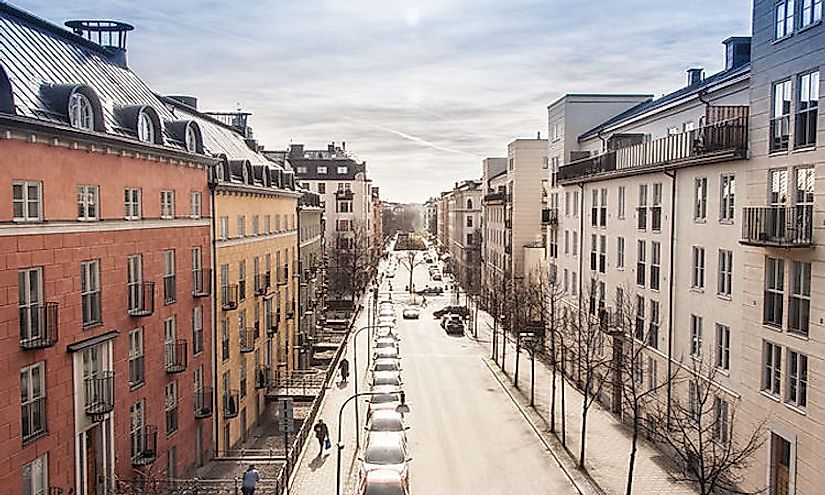What is New Urbanism?

New urbanism is an urban design movement that advocates for the use of environment-friendly habits by establishing walkable neighborhoods that comprise of a wide array of housing and job types. The movement first emerged in the early 1980s in the United States and has progressively influenced many features of municipal land-use strategies, urban planning, and real estate development.
New urbanism is heavily influenced by the urban design methods that were famous until the upsurge of the automobile before WWII. New urbanism comprises of ten basic principles which include transit-oriented development (TOD) and traditional neighborhood design (TND). The principles revolve around two concepts which include developing friendly ecological practices and building a sense of community.
Background
Prior to the mid-20th-century, cities were organized and established around commercial and residential walkable neighborhoods. For the most part of human history, this meant a city that was absolutely walkable. However, with the progression of mass transit, the city's reach stretched along transit lines and allowed for the development of new pedestrian communities such as streetcar suburbs. The introduction of cheap automobiles and encouraging government policies drifted the attention from the development of cities and focused more on growth where the needs of the car were concerned.
There was a physical separation of where people lived from where they worked, did their shopping and spent most of their recreation time. This contributed to an emerging culture of automobile dependency. The new system of development focusing on separation of uses emerged after WWII and was known as conventional suburban development or suburban sprawl. New urbanism as an organized movement began to solidify later between the 1970s and 1980s.
Ten Pillars of New Urbanism
1. Walkability
- All needs are within walking distance to everyone's home, work, or both.
- Widened sidewalks.
- Pedestrian-friendly signage.
2. Connections
- A well-designed street plan that allows for the fluid movement of vehicles.
3. Diverse Use
- A variety of shops and services are present within a small area.
4. Mixed Housing
- All forms of housing are represented (low-rise apartments, high-rise apartments, semi-detached homes, single-family homes).
5. Transit
- Publis transit is accessible and easy to use and gets residents to where they need to be.
6. Aesthetics
- Building designs are well-intentioned and pleasing to the eye.
7. Clearly Defined Centers
- The difference between downtown centers and residential areas is clearly defined.
8. Density
- The number of people living in a squared mile or kilometer is higher than the average suburban neighborhood.
9. Sustainability
- The neighborhood is designed with the environment in mind and is built to last for future generations.
10. Quality of Life
- The well-planned communities encourage a high quality of life that is built on community and convenience.
Criticism Of New Urbanism
Despite new urbanism drawing immense praises, it has had its equal share of criticism from all divisions of the political spectrum. New urbanism has been criticized for failing to address social equity, restricting private enterprise, being a social engineering scheme and deregulation force in terms of supporting developers in the private sector.







